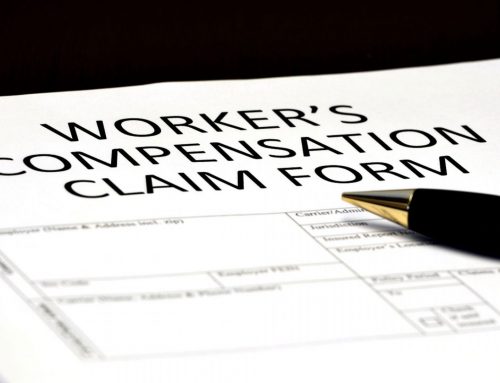In any type of legal case, you are bound to hear a lot of legalese. By literal definition, legalese is a formal and technical language that is often hard to understand. You are not alone if you need a quick and easy definition of common legal terms.
Here, I’m going to provide you with a quick overview of some of the most common terms you are going to hear during the course of your Minnesota workers’ compensation claim.
Administrative Conference
A meeting where a staff member of the Office of Administrative Hearings will help the employee, employer, and insurer discuss the issues and resolve differences.
Apportionment
Apportionment refers to dividing the costs related to your personal injury among two or more employers or insurers. In certain circumstances, apportionment may also reduce your benefits because of a pre-existing injury.
Compensable Injury
A compensable injury is an injury that an employer is responsible to pay for under Minnesota workers’ compensation law. Sometimes there is a dispute about whether or not an employer should really be responsible for paying for an injury.
Consequential Injury
A consequential injury is a secondary injury that is related to and stems from your original work injury. For example, you injure your right leg at work, and as a result, you tend to put more weight on your left leg. Later, you need a knee replacement in your left knee because of the extra strain and use.
Date of Injury (“DOI”)
A date of injury or DOI is usually straight forward: it is the date you were injured. However, special rules may apply to determine your date of injury for legal purposes if you have certain kinds of injuries.
Deposition
A deposition is out-of-court testimony usually held at an attorney’s office. The individual being deposed will be asked to answer questions about his or her injury in the presence of the attorneys and a court reporter.
Discovery
Discovery is a phase where the parties can formally obtain information from each other. There are multiple ways parties can obtain information, such as requesting documents from the other party or deposing a witness.
Gillette Injuries
A Gillette injury is an injury that has no single, identifiable incident that caused your injury. A Gillette injury usually occurs when you do a repetitive action so frequently that over time it causes an injury. Carpal tunnel syndrome is an example of this kind of injury.
Idiopathic Injuries
An idiopathic injury is an injury that is spontaneous, doesn’t have a clear cause, or is caused by a personal health condition.
Independent Medical Examination (“IME”)
An independent medical examination is a medical exam requested by a party to the case that you see a doctor of their choosing. This allows that party’s doctor to evaluate your injury.
Medical Benefits
Medical benefits are benefits available to you under Minnesota workers’ comp if you are injured and require medical care. This refers to payment of medical costs, such as doctor’s visits or therapy.
Occupational Disease
Occupational diseases develop as the result of your employment. To be a work-related disease, your workplace conditions must put you at greater risk of contracting the illness than those who are in the general public.
Office of Administrative Hearings (“OAH”)
The Office of Administrative Hearings (“OAH”) is an independent tribunal under the executive branch of government. OAH handles workman’s compensation cases and often conducts hearings in Duluth, Walker, Alexandria, Mankato, Rochester, and Saint Paul.
Permanency Rating
Employees who are permanently injured may be assigned a “permanency rating.” This is a percent given that represents the loss of a bodily function. The more severe your permanent injury, the higher your permanency rating. The rating is then used to calculate the amount of money you are entitled to because of your permanent loss.
Qualitative Rehabilitation Consultant (“QRC”)
A qualified rehabilitation consultant is a counselor whose job it is to help you get back to work and earning a pay check again as well as facilitate communications between employers and doctors.
Settlement
A settlement is a voluntary agreement between the parties to not pursue the claim in court in exchange for the agreed upon settlement terms.
Statute of Limitations
In work comp, a statute of limitation sets a time limit on how long injured employees have to initiate a workers’ compensation claim.
Contact Us
Call or text us at 612-INJURED at (612) 465-8733 for a free consultation. A workers’ compensation lawyer will listen to your story, answer your questions, and develop a plan to get you maximum compensation for your injuries.













